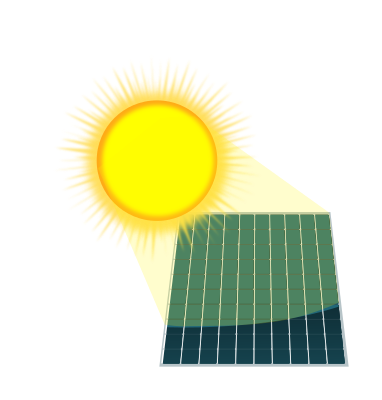I think people do not realize that there is a huge bonus for the first country to unlock the “negative price energy peak” achievement.
There are some businesses that will only be possible in these conditions and they will flock to the first country with it. Generating hydrogen seems like the most straightforward one, but there are also bio-ethanol processes that require some energy to be profitable.
We see intermittency as a curse, but I think we overestimate the difficulty to adapt to an intermittent schedule and we underestimate the advantage of having time spans with free energy, especially when they happen during the day.
I wouldn’t be so sure, at least yet. In Europe, everything’s connected, so they’ll just end up selling it to other countries.
Can imagine that it’s better than selling it to random local companies for next to nothing
Yes, right now we don’t see this effect because the obvious thing to do is to sell it to your neighbor so they can temporarily shut down coal or gas plants. That effect will kick in when your neighbors can’t do that anymore (e.g. because they also switched to the same type of intermittent power) and there won’t be any easy way to cash out on additional electricity. We are not there yet.
This is the best summary I could come up with:
Wind power generation temporarily exceeded the total demand for electricity in Ireland for the first time ever this week.
Though Storm Agnes brought strong winds across the country, it isn’t unusual for it to reach this level.
What was unusual was the fact that it surpassed the demand on Ireland’s electricity grid throughout the entire island for the first time.
That meant that some of the energy was exported to Britain and Ireland had to meet the rest of the demand using fossil fuels.
In August, the amount of energy generated by wind increased by 71 per cent when compared to the same month last year.
The latest figures mean that in total, Irish wind farms provided 32 per cent of the country’s power over the first eight months of 2023.
The original article contains 438 words, the summary contains 131 words. Saved 70%. I’m a bot and I’m open source!
What was unusual was the fact that it surpassed the demand on Ireland’s electricity grid throughout the entire island for the first time.
That meant that some of the energy was exported to Britain and Ireland had to meet the rest of the demand using fossil fuels.
That confused me in this summary. Looking at the actual article makes sense of that nonsense:
Currently, the country’s electricity grid is only permitted to have a maximum of 75 per cent renewables in its energy mix. That meant that some of the energy was exported to Britain and Ireland had to meet the rest of the demand using fossil fuels.
What? Why? Why tf would you have a cap on renewable energy percentage?
It is in place because using entirely renewable power means changes have to be made to the country’s electricity grid.
What changes?
I’m going to guess that they can slow down fossil fuel plants, but not turn them off because they would take too long to start up again.
That does make sense, so it needs to consistently be above x percent for the cap to be raised to x percent.
Inflexibility of conventional power plants is one issue, but for Ireland things have developed to a point I suspect it is no longer the main operational constraint on the grid.
Ireland is an island grid and needs to keep system inertia on its own (HVDC connection with neighbors cannot synchronize Ireland’s grid with UK’s, let alone continental Europe). This service is traditionally provided by conventional power plants in GW scale grids, but soon when synchronous condenser and inverter-based solutions become norm, there is no reason why 100% instantaneous wind + solar is not possible as shown already in various microgrids.
Similar develop can be observed in other islanded or nearly islanded GW scale grids such as South Australia.
Maybe the same issue as here in Germany, there are basically not the capacity in the electricity grid to being all this energy to the consumer… In Germany the issue is, to bring the energy from the northern down to the south (direction to the alps), because there is basically no electricity line existing 😅
Removed by mod
Funny how cats and windows kill orders of magnitude more


